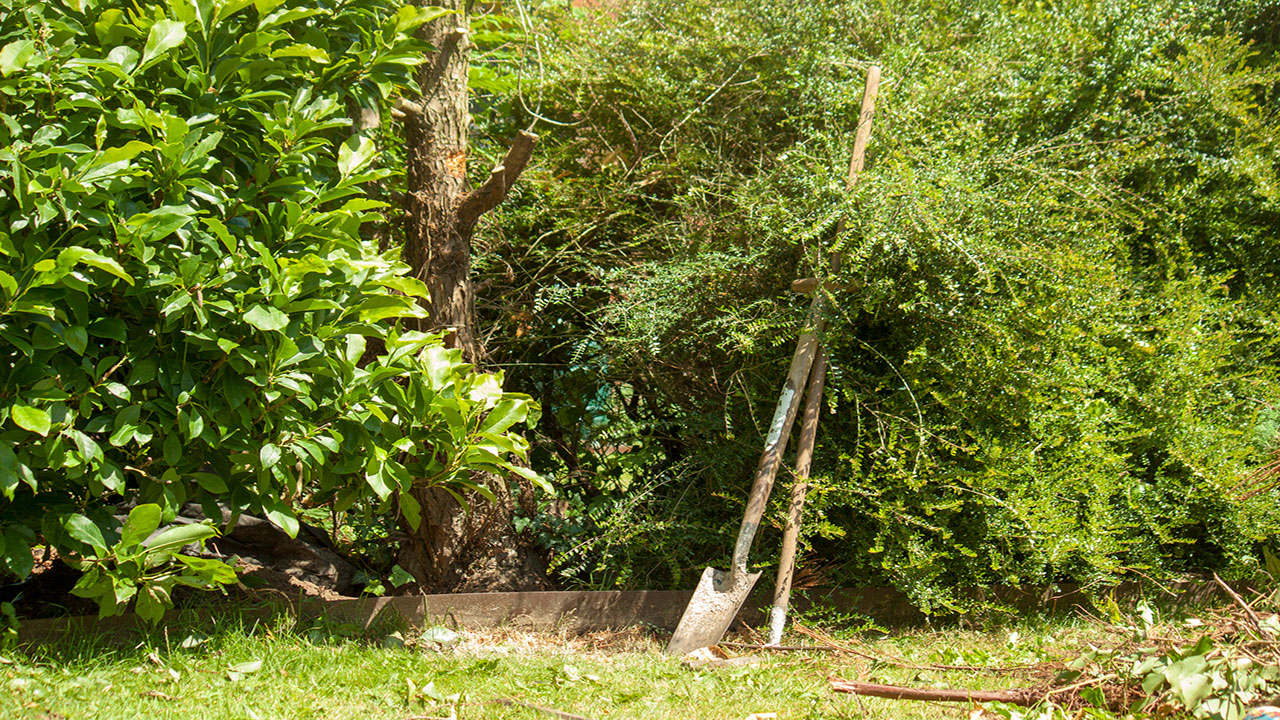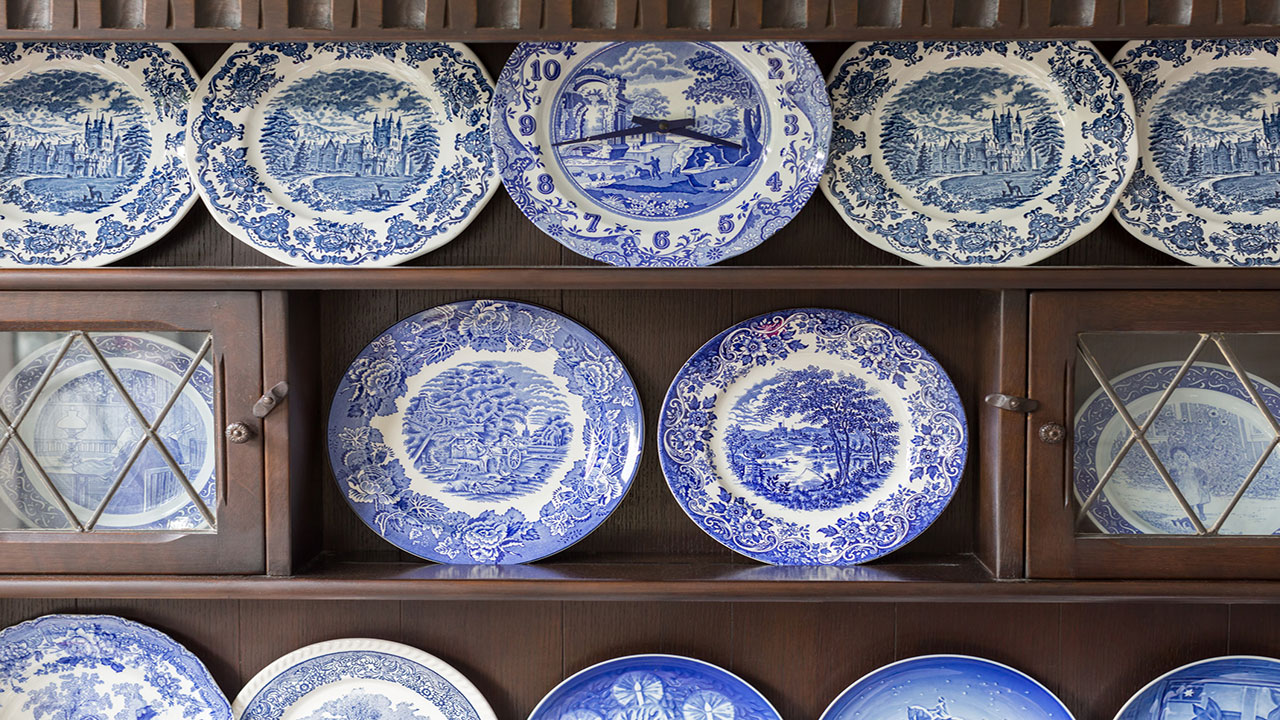9 Things NOT To Do When Staging Your Home For Sale

If you want your home to stand out from the crowd and entice buyers to put in an offer, you’d be well advised to have it staged. But there’s a right way and a wrong way to stage a home for the market.
While there are plenty of things that can help improve the way a home is presented to buyers, there are plenty of other blunders that can send buyers in the other direction.
When staging your home to sell, make sure not to make the following mistakes.
1. Neglecting to Depersonalize

One of the first rules when it comes to staging homes for sale is to make sure they have been depersonalized and neutralized. That means making the home look as if it’s ready to take on new owners and a new family without leaving remnants and reminders of the people who live there now.
You might have your own tastes, but that doesn’t mean that all buyers will necessarily feel the same way. You might have an eccentric sense of style which tickles your fancy, but it might have the opposite effect on buyers.
The goal is to attract buyers and impress them enough that they actually want to spend the big bucks on your home. But if your home is overly decked out in quirky finishes and colors, you could risk turning buyers off.
2. Leaving Your Family Photos Up
Creating a space that makes the majority of buyers able to see themselves living there can be impossible if your home is still covered in family photos. If you want to scream that another family is still living in the home, then leaving your family pictures hanging on all walls or perched up on all shelves is the way to do it. But you should be striving to do the opposite.
You’ll make it very difficult for buyers to be able to see themselves living in your home if it is still filled with pictures of your family. You’d be doing yourself a favor by putting them away and ready to be moved to your new home.
3. Not Tending to Your Yard

Focusing on the interior of your home is great, but what about the outside? After all, the exterior of your home is the first thing that buyers will see. If you’ve neglected to trim the bushes, mow the lawn, and water your flowers, your home’s curb appeal will suffer, and so will your efforts to attract a willing buyer.
If the look of your home from the curb isn’t appealing, buyers will be likely to move on to the next home on their list.
4. Forgetting to Clean Out Your Closets
You may have decluttered your home, taken down all your personal artifacts and photos, and decked out your home with all the right furniture pieces and accessories. But have you given your closets any attention? You can bet your bottom dollar that buyers will open all your closet doors, and the last thing they want to be greeted by is a pile of items that come crashing down on them the second they open the door.
Not only is that annoying, but it will also do little to show buyers that your home has decent storage. Your closets should be organized and have just enough items for the space to comfortably fit them. Clean closets will help sell the storage factor of your home. But if your closets are in complete disarray, you’ll be doing your listing a disservice.
5. Not Making Minor Repairs

You might not think that a chipped tile, burned-out lightbulb, or loose doorknob is a big deal, but it is to buyers. Ideally, buyers want to be able to walk into a home and see that it’s move-in ready.
But things that need repair – even minor ones – will stand out to buyers. The last thing they want to see is a home that is in need of extra attention after a deal is sealed. No matter how well your home is staged, neglecting to make minor repairs can be a turn-off for buyers.
6. Not Converting Rooms Back to Their Original Purpose
You may not have a need for that third bedroom and may have been using it as a home office or at-home gym. But when it’s time to sell your home, you’ll want to convert it back to its original intended purpose. A three-bedroom home is certainly more valuable than a two-bedroom home, especially if the neighborhood calls for it.
And if buyers are looking for three-bedrooms – and your home is advertised as such – then all three bedrooms should be used and staged as such. Not converting certain rooms back to their original intended use can sabotage your sale.
7. Leaving Your Collections Out

Whether you collect stamps, spoons from across the globe, or mini crystal figurines, they should be tucked away when your home is on the market. Collections like these will only make your home look cluttered, which is never a good thing. While these may be treasures to you, buyers might not feel the same way.
8. Furnishing With Off-Scale Pieces
The pieces that you furnish your home with should be relative to the scale of each room. For instance, a small room filled with oversized bulky sofas and chairs will only make the room seem smaller, while a large space equipped with only a couple of dainty chairs can make the space seem off-balance and cold.
Not choosing the right-sized furniture according to the scale of each room in your home will do little to impress buyers and help them develop an emotional connection to your home.
9. Blanketing the Whole Home in the Same Color

Neutral colors are always recommended for sellers when staging their homes. These colors will be more appreciated to buyers as opposed to much brighter, more vibrant hues that not everyone might like. But splashing the exact same color across every room in the home is not exactly a good idea, either. Doing so will just make your home look boring and dull.
The Bottom Line
Staging is a fantastic opportunity to showcase your home in the best light possible and help you increase your odds of selling quickly and for more money. But how you stage your home matters. Be sure to streamline your efforts and focus on tasks that have been shown to help boost home sales while leaving the above-mentioned mistakes by the wayside.
